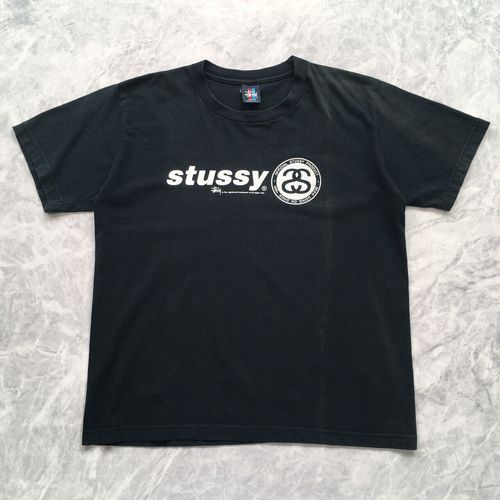Winter fabrics play a vital role in warmth and comfort. Choosing the right winter fabrics can keep us warm and comfortable in cold weather. Here’s a look at some common winter fabrics and their pros and cons.
1. Wool: Wool is a common winter fabric with excellent thermal insulation properties. Wool retains body heat effectively and is not prone to twisting or deforming. At the same time, wool also has good insulating properties and can prevent cold outside air from penetrating. However, wool can cause allergic reactions and requires special care, such as dry cleaning.
2. Cashmere: Cashmere is a high-grade winter fabric that usually comes from the lower back and belly of goats. It has great insulating properties and softness, making it perfect for colder weather. Cashmere fabric is light and soft, but more expensive. In addition, cashmere is prone to pilling and requires regular combing and care.
3. Velvet fabric: Velvet fabric is a fabric that converts fibers and spun yarns into velvet-like fabrics through counter-twist technology. It is soft, warm and fluffy. Velvet fabrics are usually made of cashmere, wool or synthetic fibers and are relatively affordable. However, velvet fabrics are prone to pilling and require careful care.
4. Plush fabric: Plush fabric is usually made of polyester fiber and has good thermal insulation properties and comfort. It has good elasticity and wear resistance, and is not easy to shrink. The fleece fabric also has good windproof properties and can effectively resist cold weather. However, plush fabrics are prone to static electricity and need to be protected from friction.
5. Velvet: Velvet is a dense and lightweight fabric made by cutting short fibers and bonding them to a high-density backing fabric. It has excellent thermal performance and comfort, while the fabric surface is smooth and not easy to pill. However, flannel is not suitable for humid environments and easily absorbs moisture.
6. Woolen fabric: Woolen fabric is a kind of denim fabric made by solid process and is woven from wool mixed fibers. It has good thermal properties and wear resistance, making it suitable for making winter clothing such as coats and jackets. Woolen fabrics are not prone to shrinkage, but do require dry cleaning or hand washing.
The above is an introduction to some common winter fabrics and their advantages and disadvantages. When choosing, you can consider your needs, physical sensations, and budget, and make your choice based on the characteristics of the fabric. In addition, pay attention to purchasing from formal channels, and follow relevant guidance and recommendations when using and caring to ensure the quality and functionality of winter clothing.





